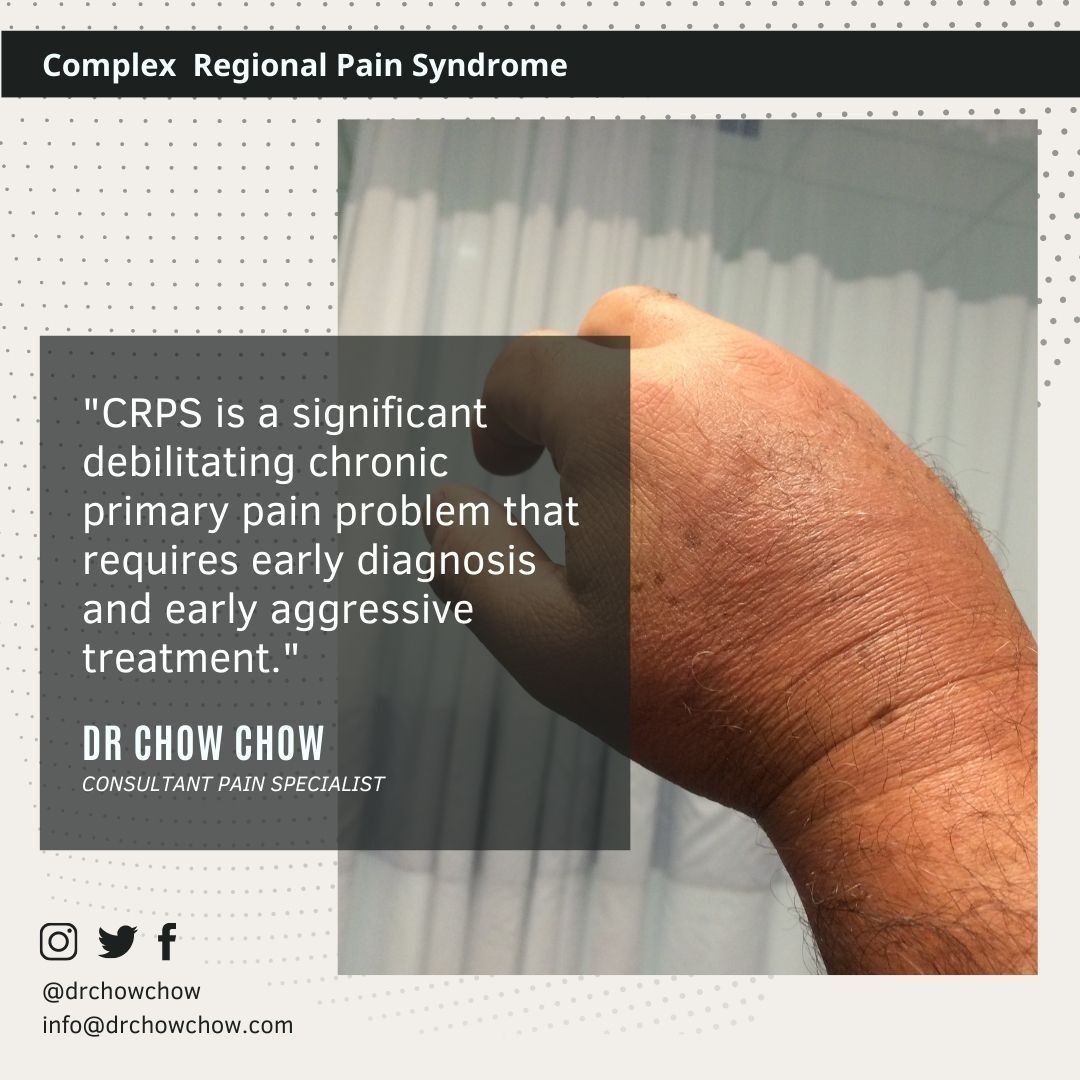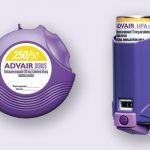
Contents
- 1 3 Stages of Complex Regional Pain Syndrome
- 1.0.1 3 stages of complex regional pain syndrome
- 1.0.2 Causes of complex regional pain syndrome
- 1.0.3 Signs and symptoms of complex regional pain syndrome
- 1.0.4 Diagnosis of complex regional pain syndrome
- 1.0.5 Treatment of complex regional pain syndrome
- 1.0.6 Complications of complex regional pain syndrome
3 Stages of Complex Regional Pain Syndrome
Complex regional pain syndrome (CRPS) is a rare clinical syndrome characterized by debilitating pain, swelling, and vasomotor dysfunction of an extremity.
CRPS frequently occurs in young adults (peak onset at about 40 years) and is more common in women.
Types of CRPS
- Type I
- Formerly known as reflex sympathetic dystrophy
- Does not include obvious nerve injury
3 stages of complex regional pain syndrome
The three stages of complex regional pain syndrome are as follows:
- Stage I: Acute
- Lasts up to three months
- Characterized by constant, severe burning or aching pain, increased sensitivity to touch, fluctuations in skin temperature, swelling, joint stiffness, increased warmth, redness in the affected limb
- Other symptoms may include faster nail and hair growth, changes in skin color, appearance, and texture, and excessive sweating
- Stage II: Dystrophic
- Lasts 3 to 12 months
- Characterized by constant swelling, increased stiffness, brittle and cracked nails, weakening of muscles, disappearance of skin wrinkles, lower-than-normal skin temperature
- Stage III: Atrophic
- Occurs after a year of developing early symptoms (if left untreated)
- Skin becomes pale, dry, stiff, tightly stretched, shiny
- Muscles and tendons undergo atrophy and contract, leading to contractures of the affected hand or foot
Causes of complex regional pain syndrome
Complex regional pain syndrome (CRPS) is usually linked to a wide range of injuries resulting from trauma such as ankle sprain, bug bite, casting, surgery, immobilization, or medical procedures like venipuncture and intramuscular injection.
Although a precipitating event may not be identified in approximately 10 percent of cases, a CRPS-like syndrome may be observed in patients with the following conditions:
- Certain neoplasms
- Myocardial infarction or stroke
- Bone fracture, especially wrist fracture
- Diabetes and peripheral neuropathy
- Autoimmune diseases, such as asthma
- Burns, bruises, or cuts
- Sprains or strains
- Psychological factors
Signs and symptoms of complex regional pain syndrome
Both complex regional pain syndrome (CRPS) I and II are characterized by allodynia, severe hyperalgesia, edema, skin changes, and abnormal alterations in sudomotor and vasomotor function. CRPS type II presents with the same clinical features as CRPS type I, except for typical clinical signs and history consistent with a nerve injury.
Symptoms of CRPS typically start within four to six weeks after an injury but may develop without a known cause.
Characteristics of pain in CRPS include:
- Pain varies in quality, from a deep ache to a sharp stinging or burning sensation
- Pain is aggravated by environmental and emotional factors
- Cutaneous hypersensitivity presents as pain in contact with clothing or exposure to a cool breeze
- Patients with CRPS often experience allodynia and hyperalgesia
Vasomotor changes in CRPS include:
- Diverse range of skin discoloration
- Glossy and smooth appearance due to edema
- Difference in skin temperature
- Sudomotor abnormalities ranging from hyperhidrosis to bone-dry skin
Motor disturbances in the affected limb may present with symptoms such as:
- Tremors
- Weakness
- Muscular incoordination
- Decreased range of movement
- Muscle spasms
- Compromised range of motion
- In severe cases, contractures may develop
- Dystonia
Diagnosis of complex regional pain syndrome
The International Association for the Study of Pain has stated the features necessary to establish the diagnosis of complex regional pain syndrome (CRPS) type I:
- The presence of an initiating noxious event
- Constant pain disproportionate to a causative event, allodynia, or hyperalgesia
- Edema, changes in skin blood flow, or abnormal sudomotor activity in the painful region
- Exclusion of all other medical conditions
- Motor disturbances and trophic abnormalities
Additional tests to reinforce the diagnosis include:
- Quantitative sensory tests
- Electromyogram and nerve conduction studies
- Autonomic tests
Treatment of complex regional pain syndrome
The treatment of complex regional pain syndrome (CRPS) aims to decrease pain intensity, restore function to the affected limb, and maintain quality of life.
Treatment consists of a combination of carefully managed approaches, including medications, spinal cord stimulator, pain pump implantation, biofeedback, acupuncture, hypnosis, reiki, chiropractic care, lifestyle changes, and exercise.
Complications of complex regional pain syndrome
Complications of complex regional pain syndrome may include infection, ulcerations, chronic edema, dystonia, myoclonus, atrophy, contracture, cognitive executive dysfunction, adrenal insufficiency, gastroparesis, irritable bowel syndrome, limb amputation, and symptoms of psychological distress.


